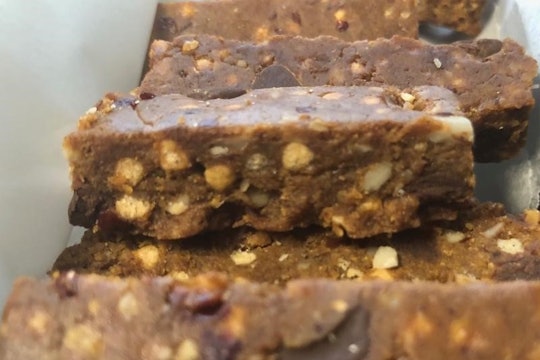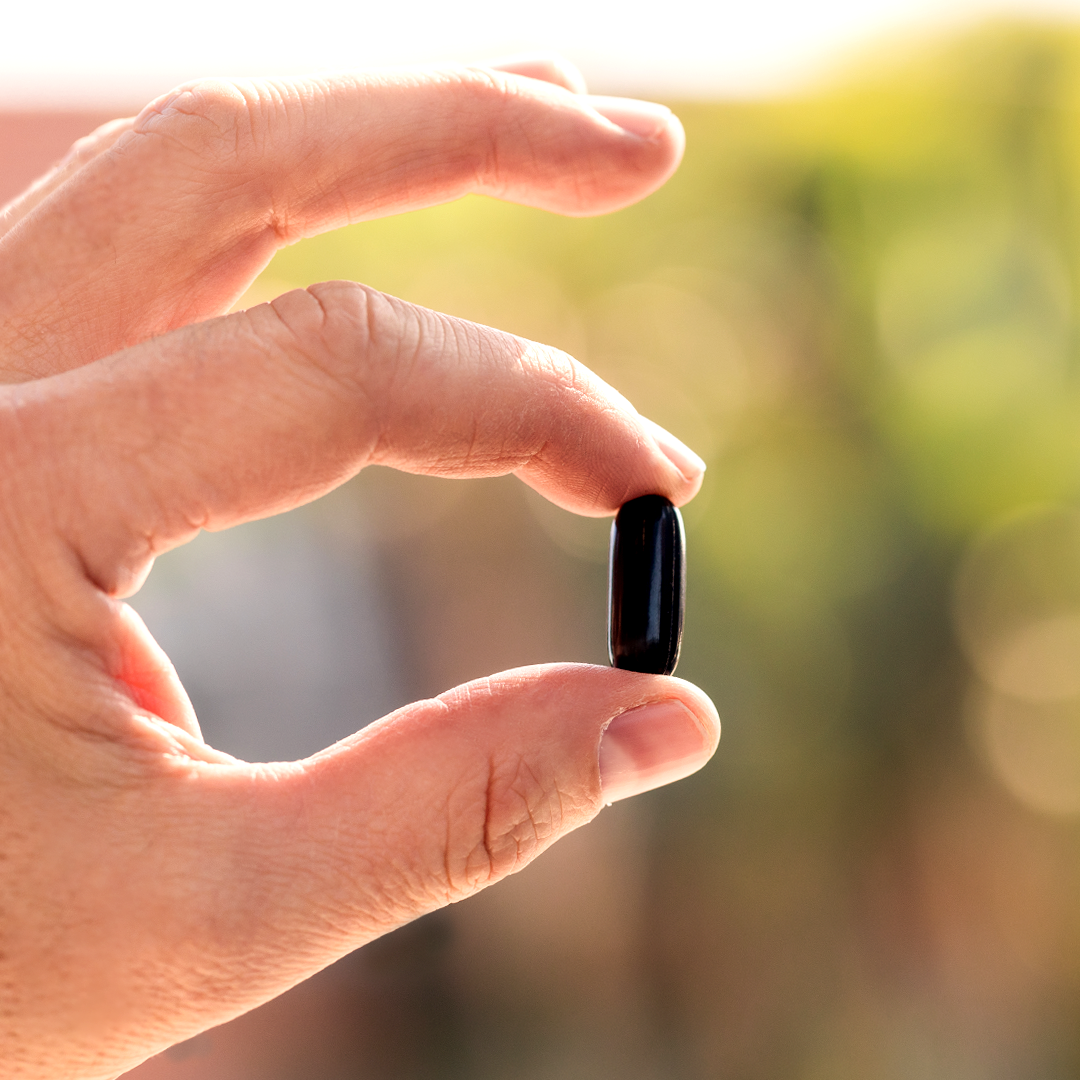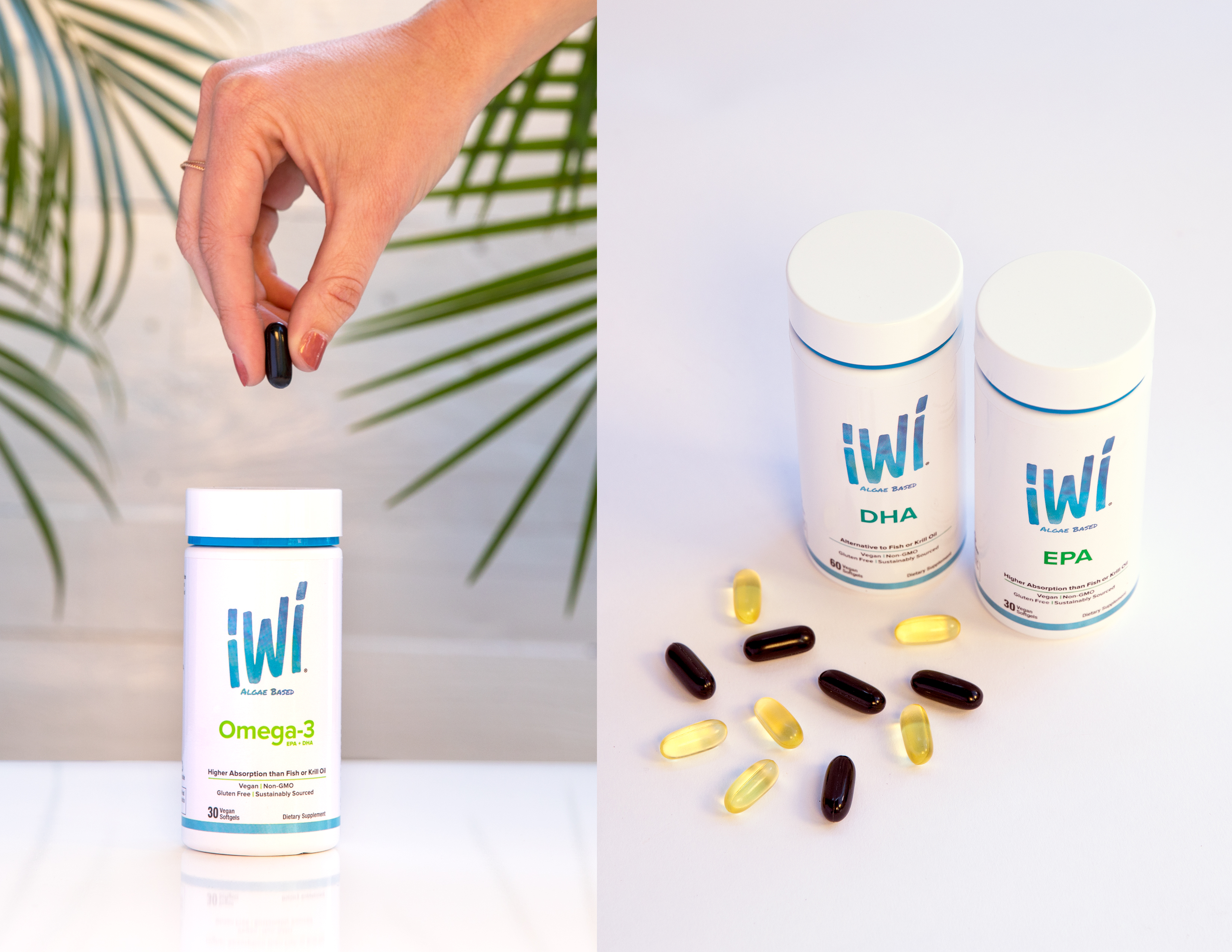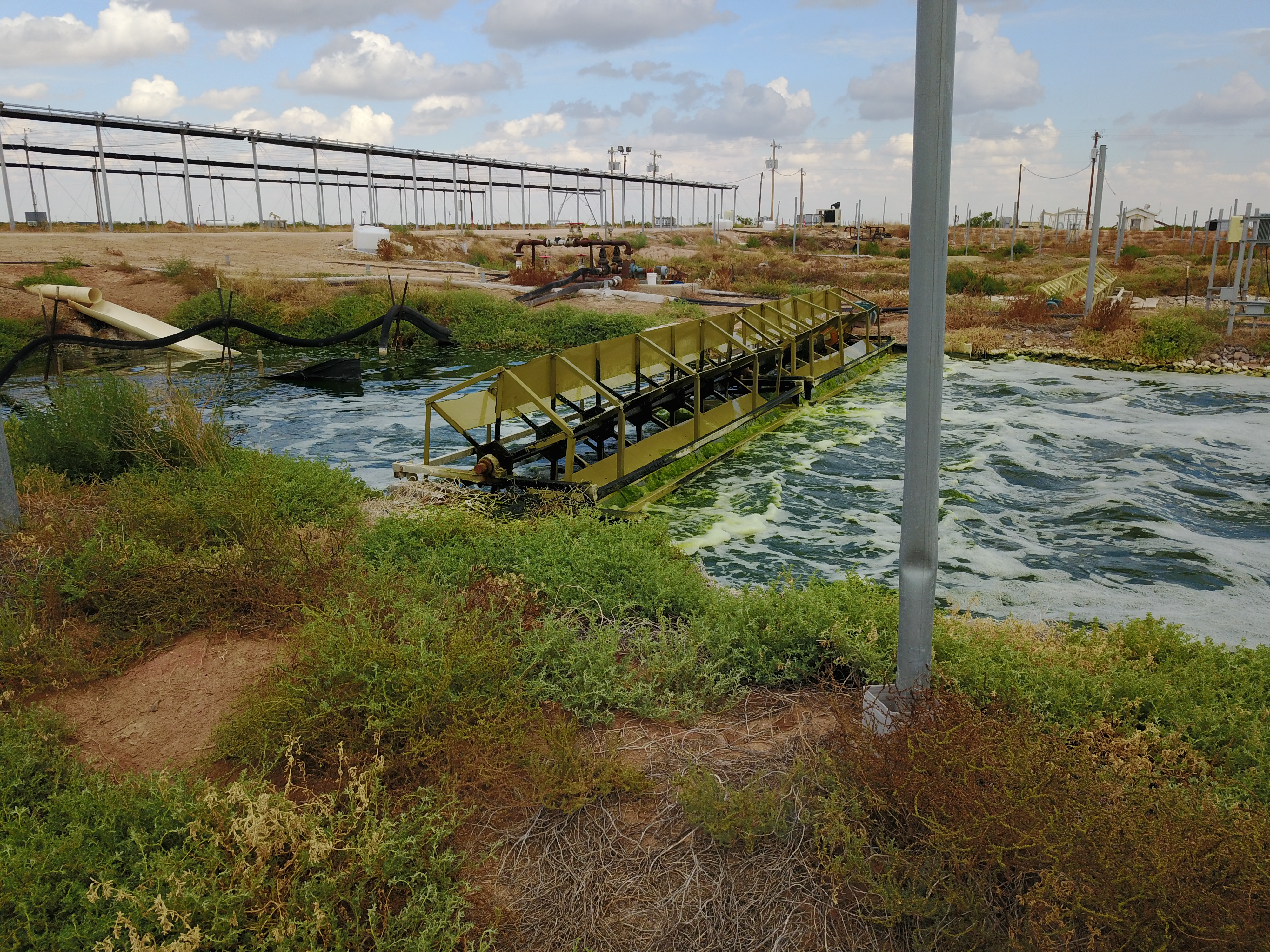
Algae, a low-impact, delicious and sustainable food
Feeding the world’s growing population, without sacrificing flavor
The protein bar looks completely normal: a toasted almond square peppered with a bright confetti of dried fruit, nuts and seeds. I take a bite — and then another. It tastes like tart, aromatic cherries and it’s robustly chewy, as a protein bar should be. The only thing noticeably out of the ordinary is that it’s exceptionally tasty. But, upon further inquiry, there’s something else unusual about this particular bar, a secret ingredient you’d never guess: algae.
“You won’t know you’re eating algae,” says Miguel Calatayud, chief executive officer of iWi, a Texas-based nutrition company that creates sustainably-grown algae-based nutrition products. “Our algae protein is not green, and it’s not going to taste like algae. Basically, it tastes awesome.”
“Super-food” is an overused term that marketing campaigns have applied to everything from goji berries to wheatgrass, but in terms of its nutritional value, algae genuinely qualifies. It’s packed with essential amino acids and omega-3s, and beta-carotene, chlorophyll and other healthy fats, like omega-7s and 9s, and it’s high in protein. It’s also genuinely sustainable: it requires no freshwater to grow and can do so on land that cannot support other types of crops. On top of all that, it absorbs carbon dioxide, helping to combat global warming.

iWi
Fish and krill do not, in fact, produce their own omega-3. Instead, they get it by consuming algae like Nannochloropsis. “We go directly to the source,” Calatayud says. This allows iWi to more efficiently harvest omega-3s that would otherwise be lost in the transfer from one trophic level of the food chain to the other.
Omega-3s are broken into three major types of fatty acids, but iWi focuses on one in particular: eicosapentaenoic acid (EPA). EPA can help with everything from joint pain and heart health to the alleviation of depression and anxiety. iWi produces EPA in a patented polar lipid form, meaning it is extremely bioavailable—or readily absorbed by the body. It has an absorption rate 2.3 times higher than omega-3 from fish oil, and at least 50 percent higher than krill oil.
Although Nannochloropsis is completely vegan, it produces lipids that are typically found in fish, like EPA Omega-3. Nannochloropsis contains higher amounts of essential and branched chain amino acids than both beef and fish. “Traditional crops typically miss one or two essential amino acids, but microalgae provide all essential amino acids,” says Eneko Ganuza, VP of Research and Development at iWi. .
iWi’s omega-3 supplements are already available at 13,000 stores, and it recently partnered with ADM, a major supply chain management company, to get its omega-3 out to food companies across the world. Its protein bars will hit shelves later this year, and Calatayud imagines that Nannochloropsis will eventually be sold as a condiment, ingredient, shake mixer and more. His ultimate vision, however, is global in scope.

iWi
Nannochloropsis’ nutritional profile could make it a key asset in addressing the planet’s impending food crisis, Calatayud says. Feeding the 10 billion people projected to populate the world by 2050 will require a 70 percent increase in food production, according to a report published in August by the United Nations’ Intergovernmental Panel on Climate Change (IPCC). Almost thirteen percent of the world’s population is currently undernourished, the authors point out, and multi-regional food crises are an impending threat due to global warming.
“There needs to be a farming revolution and a complete change of the existing global food supply chain,” Calatayud says. “Our algae is certainly one necessary step in order to solve that challenge as we can use non-arable land, salt water and CO2 to produce massive amounts of protein, nutrients and oxygen.”
Microalgae could also help alleviate another global crisis in that it is completely vegan. According to the IPCC report, we can all help combat global warming by shifting our eating habits away from meat and fish toward more sustainable, vegetable-heavy diets. Cattle are especially bad news for climate change: they produce high levels of methane — a greenhouse gas around 30 times more potent than carbon dioxide — and virgin forests around the world, including the Amazon rainforest, are continuously being cleared to make way for pastureland. This land clearing in turn releases greenhouse gas emissions equivalent to driving 600 million cars.
While Nannochloropsis offers a multitude of advantages in terms of nutrition and sustainability, Calatayud knows that flavor will always be the highest priority for most consumers. Shoppers might give a green product a try, but if it doesn’t taste good, they won’t buy it again. So, rather than solely focusing on producing a product that checks all the sustainability and nutritional boxes, iWi also strives to be the best in the market in terms of flavor and value. In this way, sustainability is just an added bonus.
“It’s easier to change the world than to change consumer habits,” Calatayud says. “But we need consumers to be onboard if we really want to change the world.”

iWi

